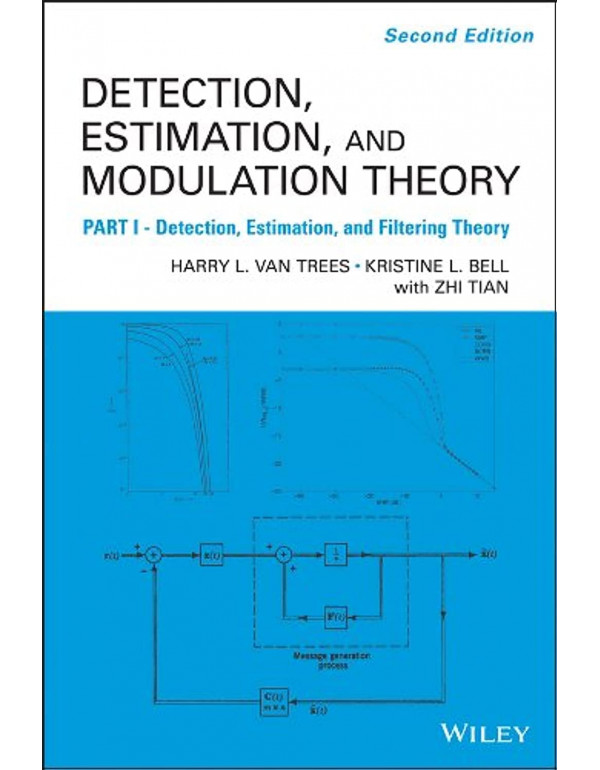Detection,
Estimation and Modulation Theory, Part I by Harry L. Van Trees (Second
Edition)
Overview:
This book, considered a classic in the field of signal processing, provides
a comprehensive foundation in detection, estimation, and modulation theory.
Originally published in 1968, the second edition (2001) significantly expands
on the original content, incorporating new developments and algorithms while
maintaining the core concepts.
Key Themes:
Statistical methods for signal processing
Hypothesis testing: detection of signals in noise
Parameter estimation: extracting information from signals
Linear modulation theory: techniques for transmitting information over a
channel
Features:
Highly readable and well-organized structure
Strong emphasis on practical applications
Balance between theoretical foundations and real-world problems
Includes new results and algorithms unavailable in the first edition
Target Audience:
Electrical engineers and communication system designers
Researchers in signal processing and information theory
Graduate students in engineering and applied mathematics
Strengths:
Provides a rigorous yet accessible introduction to advanced topics
Serves as a valuable reference for both theoretical understanding and
practical implementation
Chapter Headlines (Some Examples):
Introduction
Elements of Statistical Decision Theory
Binary Detection
Multiple Hypothesis Testing
Point Estimation
Cramer-Rao Lower Bound
Closing Paragraph:
Detection, Estimation and Modulation Theory, Part I by Harry L. Van Trees
remains a cornerstone text for engineers, researchers, and students seeking a
deep understanding of these fundamental concepts in signal processing. Its
enduring value lies in its clear presentation, comprehensive coverage, and
continued relevance in the ever-evolving field of communication systems. |
